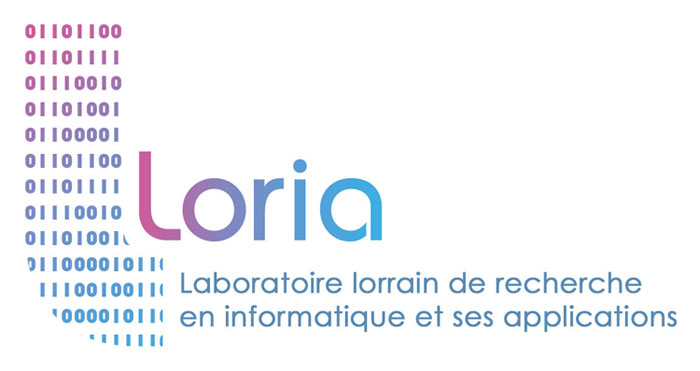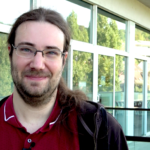

• Malware, or malicious software, pirates our data, destroys our software and hard drives, and forces our computers to pour forth torrents of spam. It is a major issue in cybersecurity today.
• The CNRS, l’Université de Lorraine, Inria, and the company WALLIX have joined forces to step up the fight against malware.
The CNRS, the Université de Lorraine, Inria, and WALLIX, a European cybersecurity software publisher, have combined their skills to step up the fight against malware. The goal is to conceive and develop predictive cybersecurity solutions based on artificial intelligence in order to maximize the detection of malicious software. This partnership will become official on 7 December 2021 through the creation of a new associated research laboratory, Cybermallix.

Thomas Lambert, a specialist in high-performance computing and distributed applications, has recently joined the COAST team, shared by Inria and Loria (CNRS, Inria, Université de Lorraine) as an Associate Professor at the Université de Lorraine.

Next Colloquium Loria will take place on Thursday, 28 October at 1:30 pm in the Amphitheater.
We are delighted to welcome Jaco van de Pol, Professor of Computer Science in Aarhus University, with a talk entitled “Explainable Verification of Safety and Security of Software Systems”.

Sébastien Duval joined the Caramba team, shared by Inria and Loria (CNRS, Inria, Université de Lorraine) as an Associate Professor at the Université de Lorraine last September.
